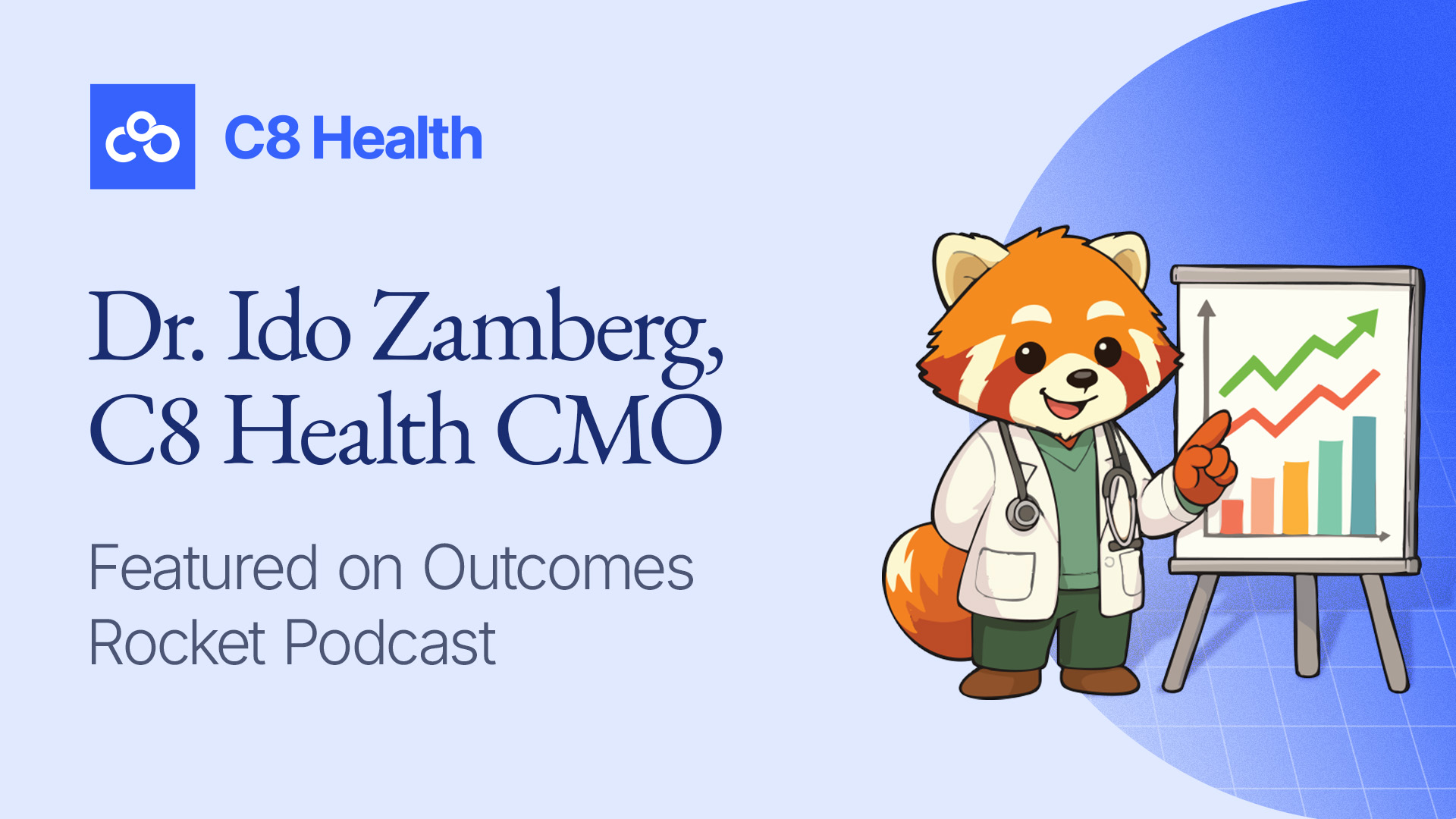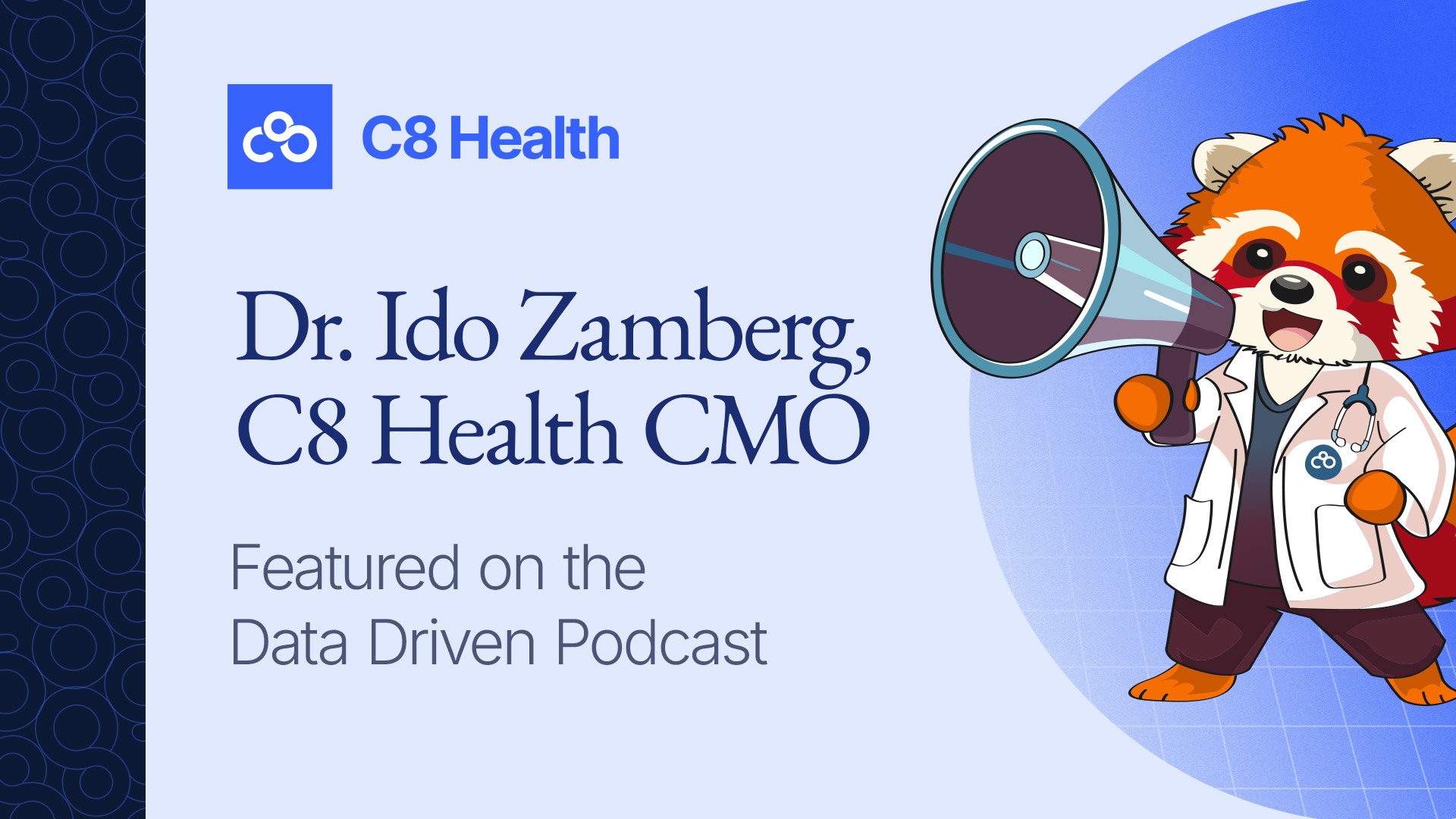7 Solutions to Physician Burnout: Coaching, Tools, and More
While physician burnout has become an epidemic, there are solutions to address it.
See Full Bio
Learn about our
Editorial PolicyPublished May 14, 2025.
An American Medical Association survey found that about 40% of physicians expressed some level of interest in leaving the profession between 2021 and 2022. It’s no small wonder why: Physician burnout has become an epidemic, and with an anti-science, funding-cutting attitude sweeping through certain circles, it’s easy to be cynical about the future of medicine.
To combat these problems, hospitals need to consider scalable physician burnout solutions that keep medical workers engaged and fulfilled. For those looking for a place to start, this article has comprehensive recommendations for both individuals and organizations
1. Knowledge Management Software
A major driver of physician dissatisfaction is the administrative overload that detracts from patient care. Physicians often spend more time navigating documentation systems than interacting with patients. Alleviating this burden requires not just workforce expansion or time reallocation, but systemic redesign.
One of the most promising interventions in this area involves deploying intelligent knowledge management platforms such as C8 Health. C8 Health addresses cognitive overload by centralizing access to clinical protocols, automating routine documentation tasks, and integrating real-time decision support into existing workflows. Its impact is measurable. The State of Knowledge Management survey found that 88% of clinicians using C8 Health reported time savings during daily practice.
Download it today to learn more.
Each interaction with the system saved an average of 10 minutes, translating to over 10,000 hours annually in departments with 250 clinicians. Furthermore, 94% of clinicians consulted the platform for complex protocols, demonstrating both high engagement and trust. These efficiencies reduce both the cognitive and administrative load on clinicians, freeing time for patient care and self-care.
Book a demo to see how C8 Health can help your organization streamline its workflow.

2. Peer-Support Groups
When peer support is embedded into the institutional culture, clinicians can debrief difficult cases, process trauma, and connect meaningfully with their colleagues. These programs enhance emotional resilience and contribute to a safer, more supportive care environment by normalizing vulnerability and reinforcing communal responsibility for well-being.
A Kaiser Permanente study found that creating structured, professionally facilitated peer-support programs is one of the most effective ways to combat emotional fatigue and isolation among physicians. Further, regular Schwartz Center Rounds participants show a 50% drop in severe psychological distress, higher empathy, and a strong intention to keep attending. Together, these data illustrate personal relief and measurable cultural improvements, underscoring peer‑support groups as essential pillars of workforce sustainability.
3. Physician Burnout Coaching
Professional coaching has gained significant traction as a tool to help clinicians realign their professional demands with their values. Unlike general wellness programs, a physician burnout coach targets the unique psychological and systemic stressors that medical professionals face. Coaches, often clinicians themselves, guide participants in stress management, setting realistic boundaries, and rediscovering fulfillment in their work. JAMA clinical trials have shown that structured coaching interventions can significantly reduce both emotional exhaustion and depersonalization—two core markers of burnout—without requiring physicians to step away from their clinical responsibilities.
4. Meditation and Mindfulness Apps
Digital mindfulness tools have become indispensable components of many hospital wellness programs. Applications such as Headspace and Ten Percent Happier provide on-demand access to guided meditation, breathing exercises, and mental health education tailored for high-stress environments.
These tools are particularly valuable because they are easy to implement at scale, require minimal institutional investment, and have strong evidence bases. A comprehensive review in JAMA Internal Medicine demonstrated that mindfulness practices significantly reduce stress, anxiety, and symptoms of depression among healthcare workers, making them a viable adjunct to broader organizational well-being efforts.
|
App |
Description |
Evidence |
|
Headspace offers healthcare professionals guided meditations, sleep aids, and mindfulness exercises aimed at reducing stress and enhancing focus. It also frequently runs promotions that allow medical professionals to use the app for free. |
A comparative study, performed internally by Headspace and published in PubMed, indicated that 10 days of using Headspace improved self-compassion among healthcare workers. |
|
|
Happier Meditation (Formerly Ten Percent Happier) |
Happier Meditation provides resources tailored for skeptics and beginners, featuring insights from renowned teachers and experts. The app offers practical tools to help medical professionals manage stress, build resilience, and foster emotional well-being. Its content is designed to fit into busy schedules, making it accessible for those in demanding healthcare roles. |
A study published in the Journal of Technology in Behavioral Science showed that Happier Meditation could help decrease stress and improve mindfulness, especially when paired with a one-time in-person class. |
5. Work-Life Balance Programs
Cultivating a culture that prioritizes work-life balance is essential for long-term workforce sustainability. Leading institutions such as the Mayo Clinic have demonstrated the effectiveness of protected time off, flexible scheduling, and on-site childcare as part of integrated wellness programs. Such policies enable physicians to manage professional obligations without sacrificing personal well-being or family responsibilities. When systematically supported by leadership, these initiatives can reduce absenteeism, increase job satisfaction, and lower the rate of early retirements or mid-career departures.
|
Program |
Description |
|
Launched in 2019, the program is designed to enhance employee well-being and reduce burnout among healthcare professionals by focusing on small, meaningful actions and encouraging employees to take regular time off. |
|
|
Physician burnout programs designed to support the well-being of medical professionals by promoting work-life balance. They include weekly psychotherapy sessions, mentorship pairings between senior and junior residents, and assistance in finding personal healthcare providers. |
6. Autonomy and Decision-Making Power
Physicians who feel micromanaged, excluded from key decisions, or beholden to rigid protocols report significantly higher levels of dissatisfaction and emotional exhaustion, according to a study done by the University of Ottawa. Institutions that foster autonomy empower clinicians to shape workflows, contribute to policy decisions, and exercise judgment without fear of punitive oversight. This can take many forms, from involving physicians in the design of clinical protocols to offering department-level discretion in team structuring or patient management approaches.
Mount Sinai Health System, for instance, implemented shared governance models that integrate frontline physicians into operational decision-making bodies. These efforts not only increased engagement but also led to measurable improvements in patient safety and staff retention.
7. Leadership Personnel Who Improve Work Culture
Organizational leadership has a profound influence on clinician morale and burnout outcomes. Leaders who communicate empathetically, support psychological safety, and model balanced behavior can transform institutional culture. Investing in leadership training for department chairs, division chiefs, and medical directors ensures that wellness becomes a strategic imperative rather than a peripheral concern.
Leaders should be equipped not only to manage resources and schedules but to foster environments that support collaboration, autonomy, and professional growth. As one study performed by the University of Nicosia showed, healthcare institutions that embrace this leadership model consistently report higher engagement and lower rates of clinician turnover.

Addressing physician burnout cannot be achieved through individual resilience training alone. It requires institutional commitment to rethinking workflows, embracing supportive technologies, and cultivating cultures of empathy and respect. Whether through peer-support groups, mindfulness interventions, or next-generation knowledge platforms, hospitals now have access to an array of proven tools to support clinician well-being.
Investing in these solutions today offers far-reaching benefits: improved patient care, enhanced operational efficiency, and a healthier, more resilient workforce. Hospitals that commit to this path will be better positioned to meet the growing demands of modern medicine while safeguarding the people at its heart.
Disclaimer: Our content serves informational purposes only and shouldn't replace the advice and services of qualified professionals. While we strive for accuracy, we cannot guarantee an entirely error-free experience. C8 Health will not be liable for any losses or damages resulting from the use of our content.
.jpg)



.jpg)
.jpg)
.jpg)